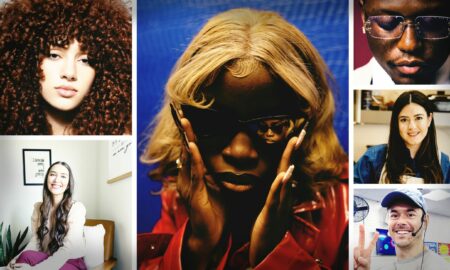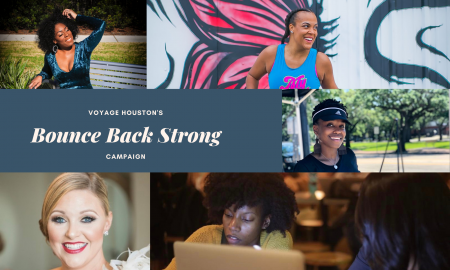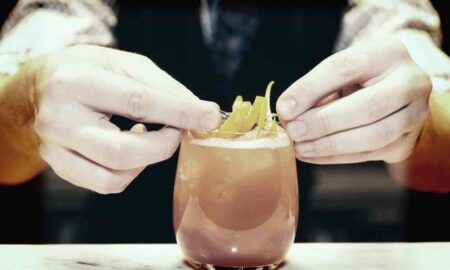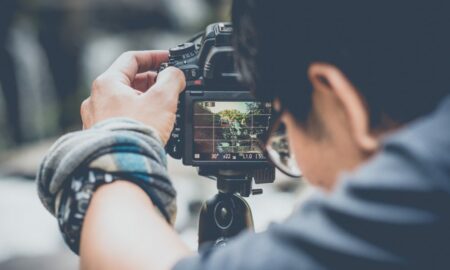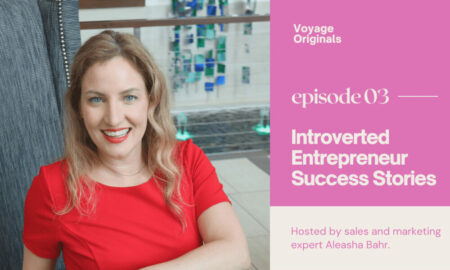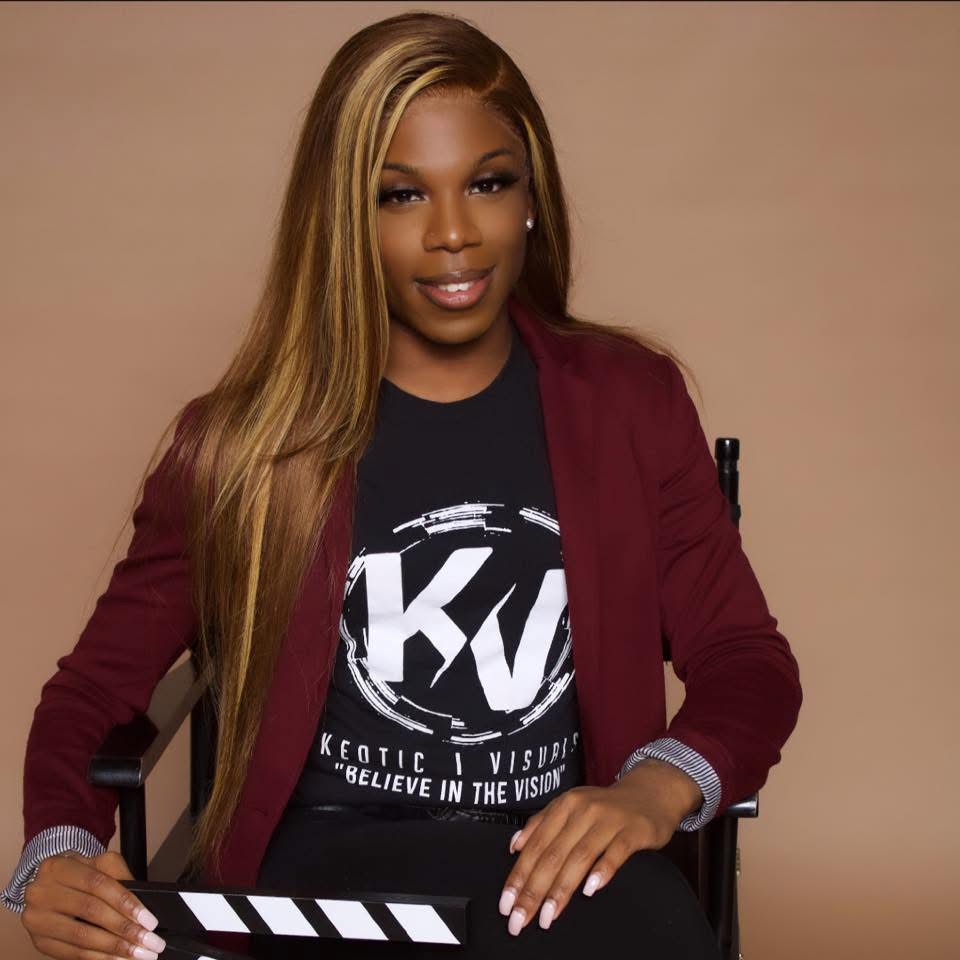

Today we’d like to introduce you to Amari Jhene.
Hi Amari, we’d love for you to start by introducing yourself.
I’m originally from Selma, Alabama—a place rich in history, culture, and resistance. Growing up there taught me the power of storytelling, especially the kind that speaks truth and moves people. I was drawn to movement and expression at a young age, and dance quickly became my first language. Choreography was where I first found my voice—telling stories through the body when words weren’t enough.
Eventually, I realized I wanted to expand how I told those stories. I started experimenting with visuals, documenting my choreography, and slowly fell in love with the camera—not just as a tool, but as a canvas. That passion grew into filmmaking, where I found freedom in blending dance, art, music, and narrative all in one space.
After relocating to Houston, I was able to grow creatively and connect with a community that embraced my vision. I’ve directed independent films, led major choreography projects, and collaborated with artists and creatives who inspire me every day. My journey hasn’t been linear—there’ve been obstacles, doubts, and learning curves—but every step has taught me something vital about purpose, perseverance, and power.
Today, I create with intention. I direct films that speak to our truths, choreograph pieces that move beyond the stage, and use every form of art I can to amplify voices that need to be heard. My story is still unfolding, but every chapter has made me who I am: a storyteller, a mover, and a woman deeply rooted in where she came from.
Would you say it’s been a smooth road, and if not what are some of the biggest challenges you’ve faced along the way?
Definitely not a smooth road—but I don’t think it’s supposed to be.
Coming from Selma, I’ve always carried a strong sense of identity and purpose, but turning that into a creative career came with its own challenges. Early on, there was a lot of self-doubt—wondering if my voice mattered, if anyone would understand my vision, or if there was even space for a Black Southern woman to break into spaces that often felt closed off or gatekept.
Financially, it was tough in the beginning. Creating art costs time and money, and when you’re self-funded, every project feels like a leap of faith. There were moments I had to work multiple jobs, pour my last into a production, or walk away from opportunities that didn’t align with my values.
There were also times when I felt underestimated—where people saw the choreographer in me but couldn’t quite grasp that I could also be a director, an artist, a storyteller beyond the stage. I had to learn to advocate for myself, to create my own opportunities instead of waiting for permission.
But every obstacle sharpened me. The struggles taught me how to pivot, how to trust my gut, and how to stand in my power even when the road gets rough. And now, I use those lessons in my work—to tell real stories, to mentor others, and to build something lasting.
Can you tell our readers more about what you do and what you think sets you apart from others?
At my core, I’m a storyteller. I work as a film director, choreographer, and multidisciplinary artist, and each of those roles allows me to express truth in different ways. My work lives at the intersection of movement, emotion, and culture. Whether I’m behind the camera directing a short film or crafting a piece of choreography for the stage, everything I create is rooted in feeling, authenticity, and impact.
I’m probably best known for fusing dance and film in a way that feels visceral—where movement isn’t just an aesthetic choice, but a narrative force. My choreography speaks, and my visuals move. I specialize in telling layered, unapologetically Black stories—stories that often go unseen or unheard. I bring a raw, emotional honesty to everything I do, and I’m intentional about centering women, especially Black women, in my work.
One of the things I’m most proud of is creating work that resonates deeply with people. I’ve had strangers come up to me after a performance or screening, emotional, telling me they felt seen. That’s the greatest reward for me. I’m also proud of mentoring emerging artists—helping them find their voice and navigate spaces I had to figure out on my own.
What sets me apart is the way I blend mediums. I don’t just direct films—I choreograph inside of them. I don’t just choreograph pieces—I infuse them with narrative and cinematic vision. I create experiences that live between disciplines. And I always lead with soul, with purpose, and with the unwavering belief that art can shift people, communities, and culture.
What do you like best about our city? What do you like least?
What I love most about Houston is the creative energy and the culture. There’s something really special about this city—it’s diverse, unapologetic, and full of hustle. The art scene is alive and constantly evolving. I’ve met so many dope creatives here—people who are building their own lanes, collaborating across mediums, and showing up for one another. There’s a real sense of community when you tap into the right spaces. Houston makes room for authenticity, and that’s what I love most.
What I like least is the lack of centralized support for artists and independent creatives. There’s talent here, no question—but sometimes it feels like we’re overlooked on a national level, or like we have to leave the city to get the recognition we deserve. Also, resources aren’t always accessible, especially for emerging artists from underserved communities. I’d love to see more infrastructure—grants, programs, platforms—that pour back into the local scene. Because the creativity is here; it just needs more support to thrive.
Contact Info:
- Website: https://www.keoticvisualsstudios.net
- Instagram: https://www.instagram.com/keoticvisuals_studios/
- Facebook: https://www.facebook.com/keoticvisuals/
- Youtube: https://www.youtube.com/c/KEOTICVISUALS
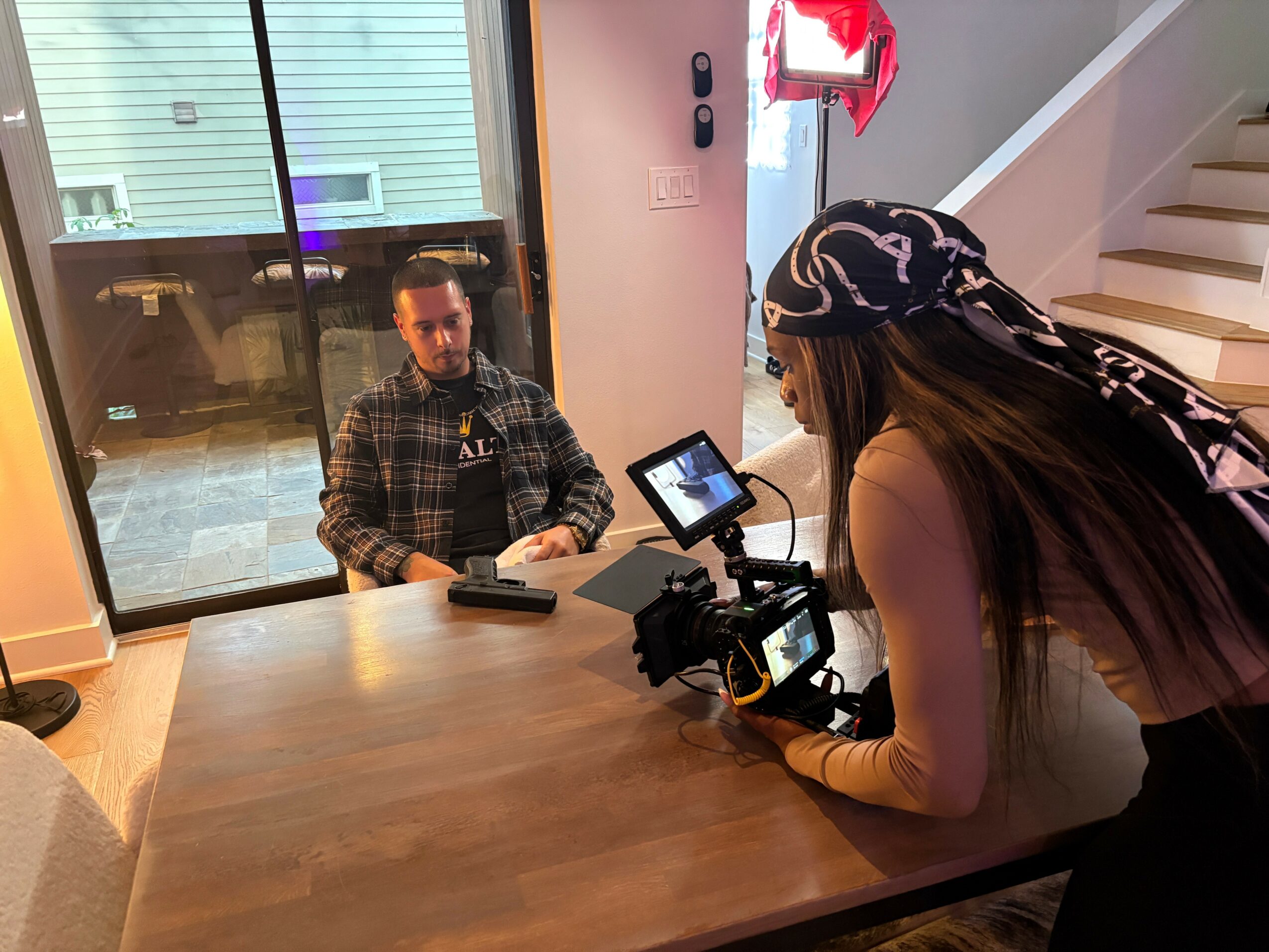
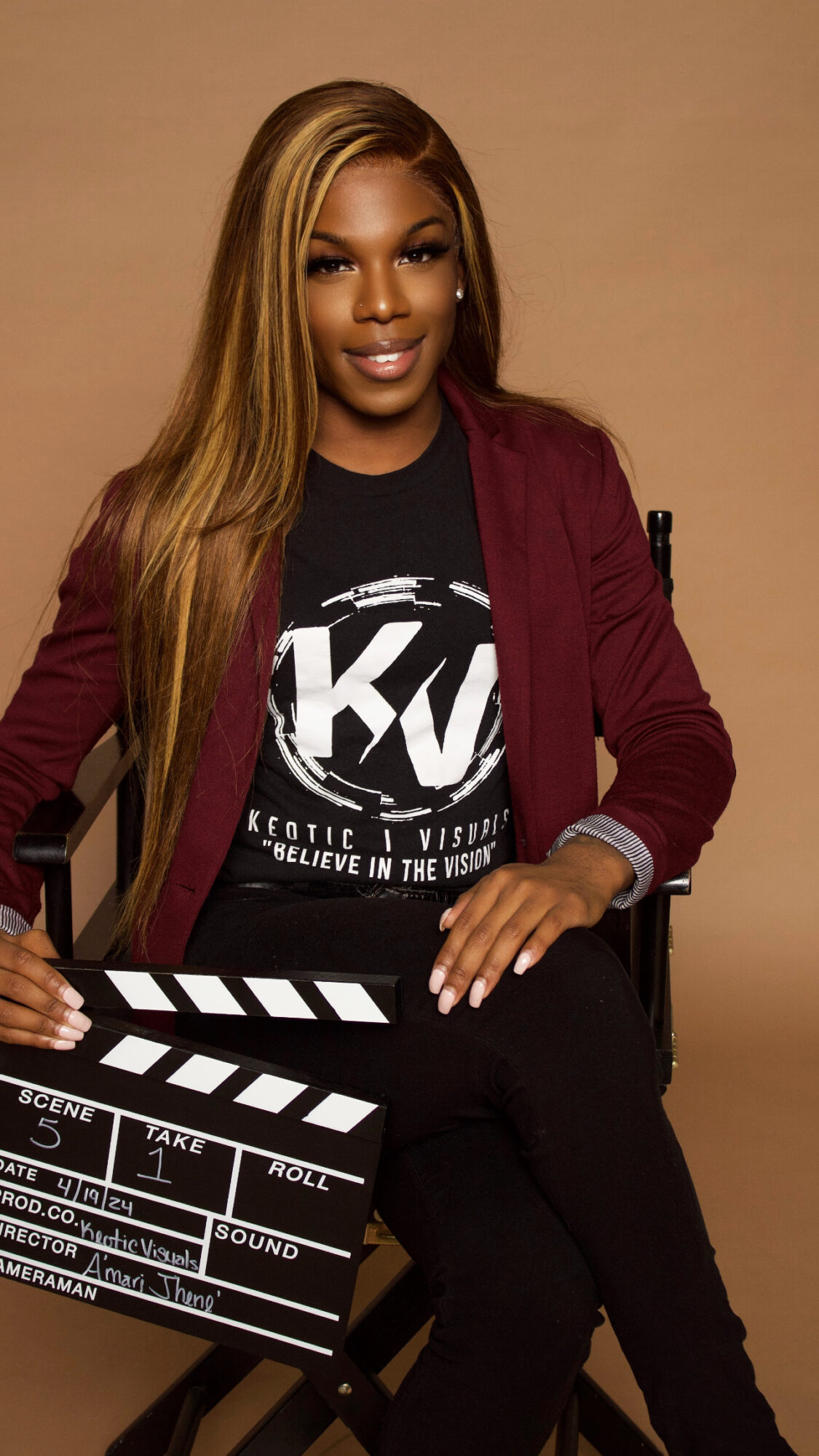
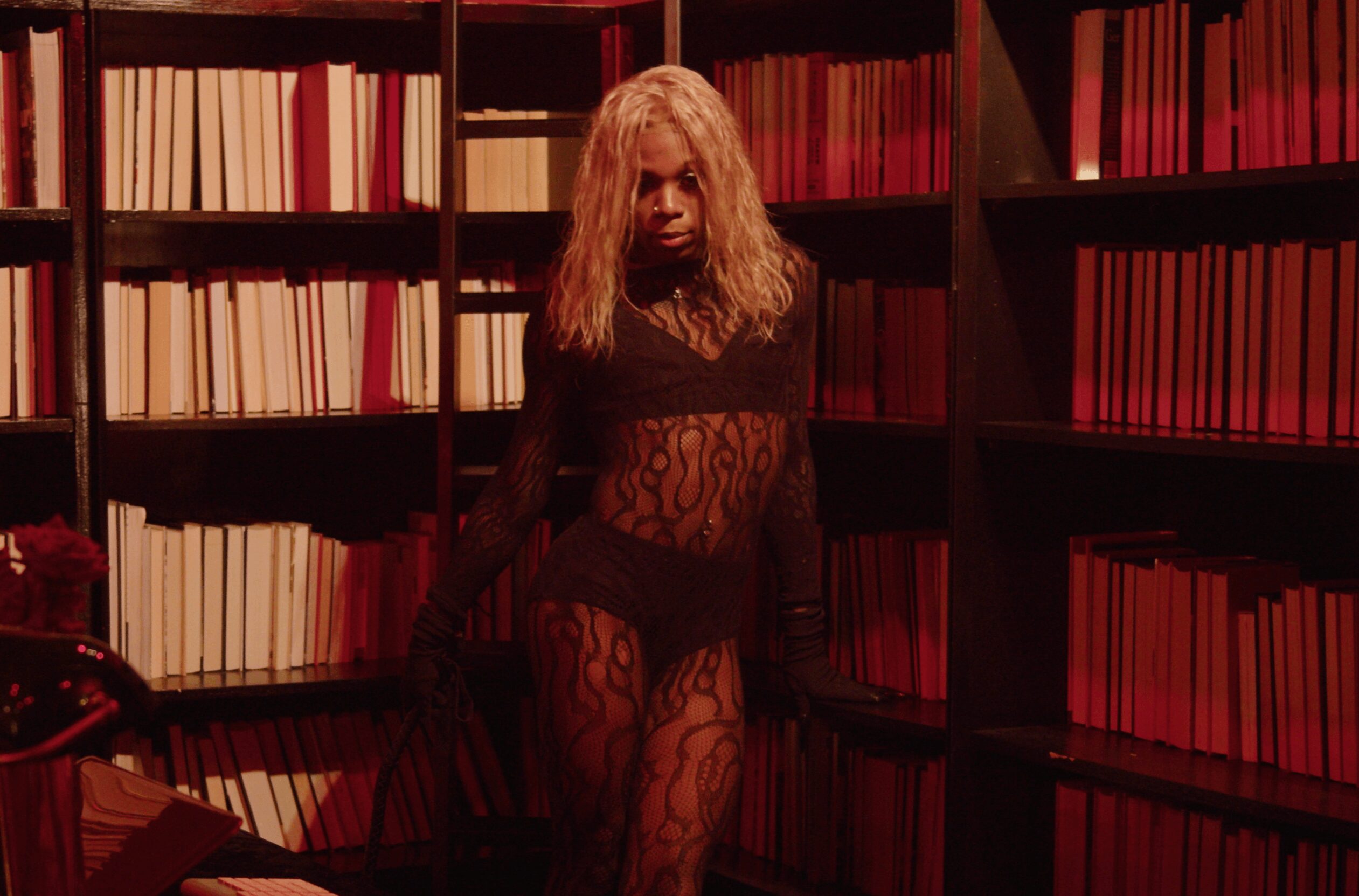
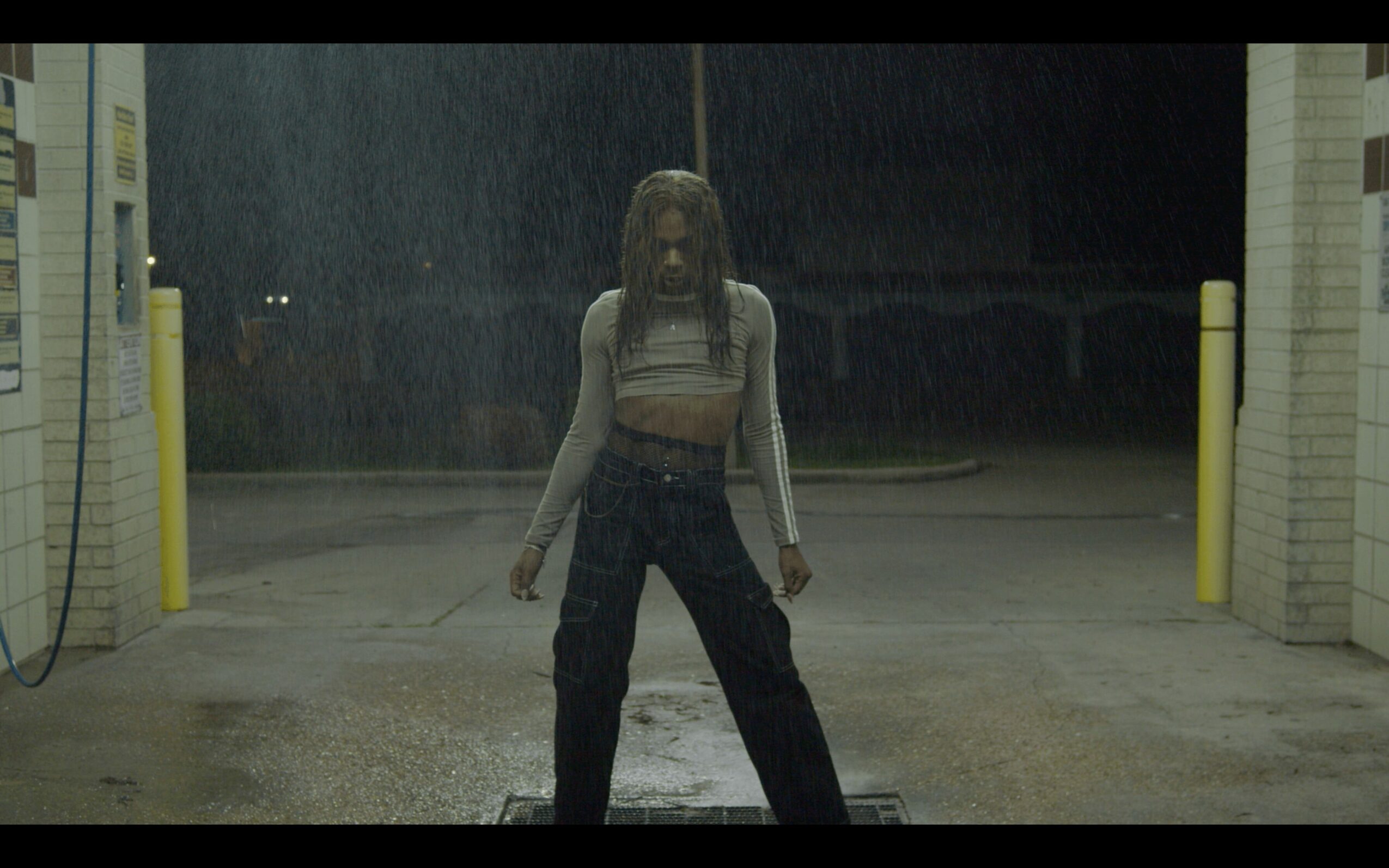
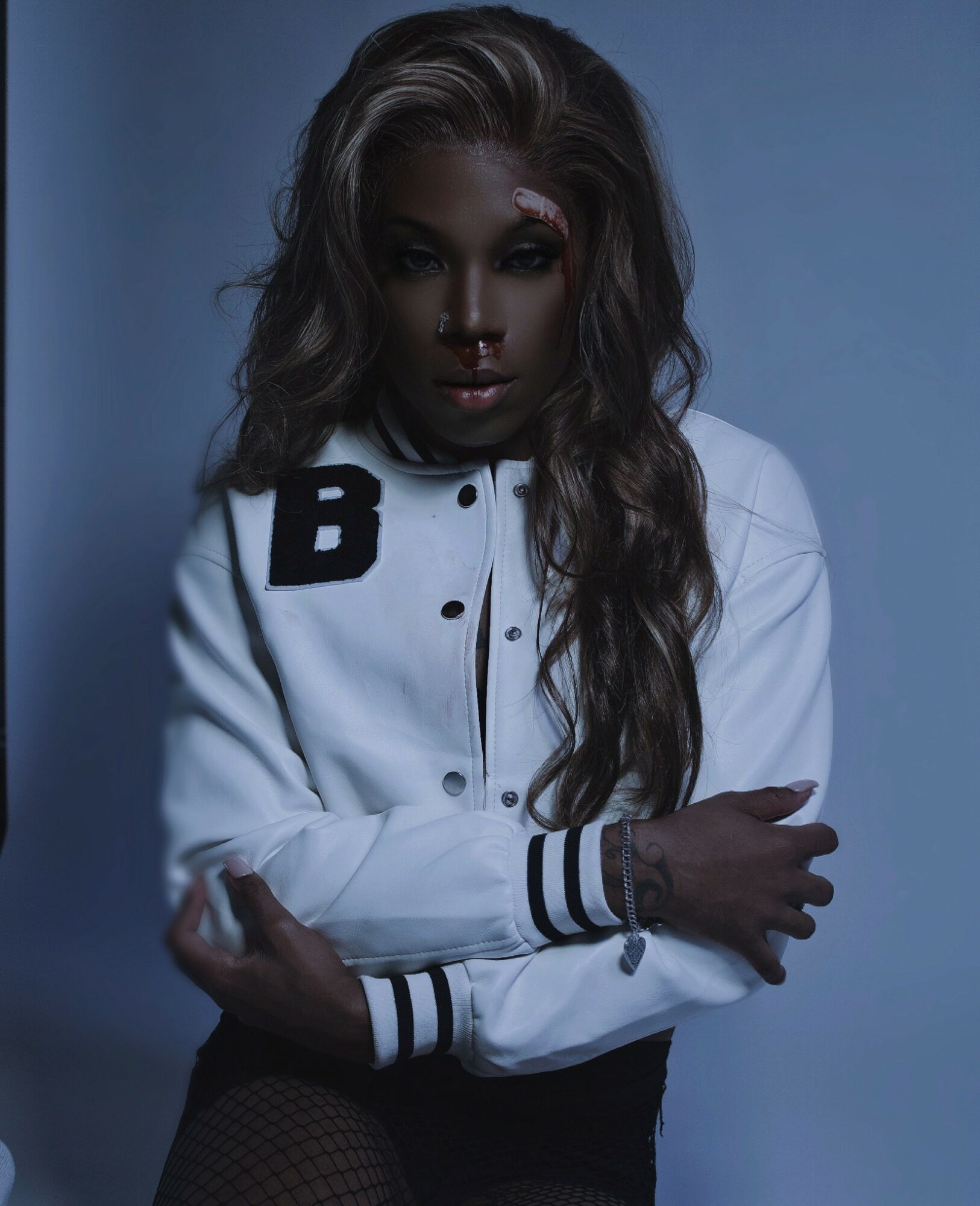
Image Credits
Keotic Visuals Studios

